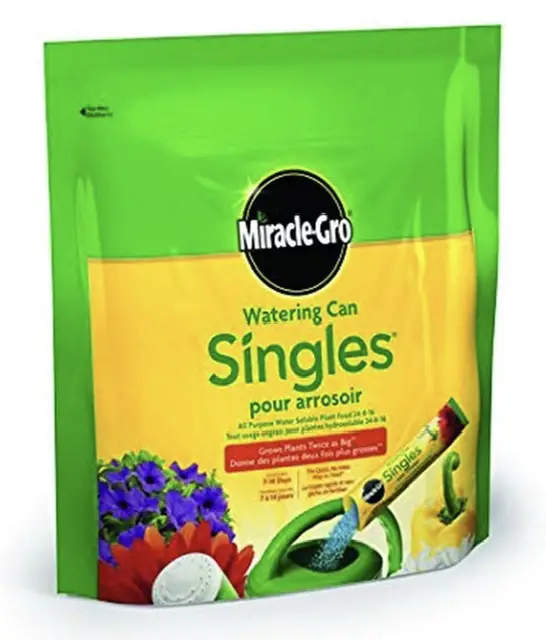Introduction:
Winter’s chill is on the horizon, and gardeners need to gear up for protecting their cherished plants from the cold, snow, and frost. Ensuring your garden survives the harsh winter months requires the right strategies. In this comprehensive guide, we will explore various methods to safeguard your plants and keep them thriving until spring. This post contains affiliate links, so we may earn a small commission when you make a purchase through links on our site at no additional cost to you.

Here are some tips for getting your garden winter ready:
Choose Cold-Resistant Plants
Before winter settles in, it’s vital to ensure you’ve planted species that can withstand the rigors of your local climate. Cold-resistant plants are the cornerstone of a successful winter garden. To identify the right choices, research which plants thrive in your region. Hardy perennials like conifers, hellebores, and winterberry holly are excellent selections. Cold-resistant plants have adapted to your local climate and are more likely to withstand the cold snaps and frost.
Mulching
Mulching is a powerful technique that insulates the soil and shields plant roots from extreme cold. To apply mulch, start by waiting until the ground has frozen, typically in late fall. Then, spread a layer of mulch around the base of your plants. The organic materials you use, such as straw, shredded leaves, or compost, will help maintain stable soil temperatures. The insulation provided by mulch is vital in preventing the soil from freezing and causing damage to the roots. Additionally, mulch also helps to control moisture levels, another important aspect of winter plant protection.
here is a link to the mulch purchased on Amazon.ca
Covering Plants
When a cold snap is in the forecast, it’s time to provide extra protection to your vulnerable plants. Materials like burlap, blankets, or frost cloth can be used to create protective shields. Be sure to avoid plastic coverings, as they can trap moisture and lead to frost damage. In the evening, carefully drape the covers over your plants, and make sure to secure them in place. In the morning, promptly remove the covers to allow your plants access to sunlight and fresh air. This process helps maintain a balance between warmth and ventilation, keeping your plants healthy and resilient.
Miracle-Gro:
This remarkable product contains all the essential nutrients for plants, conveniently packaged as a powder sachet. Empty it into your watering can before you water your plants.It is recommended to use Miracle-Gro once a week or every two weeks.

Click link below for miracle gro:
Watering
Use warm tap water for watering your plants. Proper watering plays a critical role in winter plant protection. Hydration is essential, but it must be done with caution. Before the first frost arrives, give your plants a deep, thorough watering. Adequately hydrated plants are better prepared to handle cold temperatures. However, be mindful of overwatering, as excess moisture can lead to root rot in freezing conditions. To avoid this, water your plants in the morning, allowing the soil to dry before nightfall. Remember that consistency in your watering routine is key to keeping your plants in good health during the winter.
Creating Windbreaks
Winter winds can be particularly damaging to plants. Cold winds can strip moisture from the leaves and create harsh conditions that lead to damage. To protect your garden from these icy gusts, consider creating windbreaks. Natural windbreaks can include evergreen trees and shrubs planted strategically around your garden. Man-made options may involve the installation of fences, walls, or barriers. The idea is to block the worst of the cold winds while allowing your plants access to sunlight. This natural insulation is especially helpful during windy winter months.
Building Greenhouses or Cold Frames
For more delicate or exotic plants, a greenhouse or cold frame can offer a controlled environment where they can thrive even in the harshest winter conditions. Greenhouses provide a sheltered space with regulated temperature and humidity, while cold frames are smaller, portable structures that offer protection and warmth. When using these enclosures, it’s essential to monitor temperature and ventilation carefully. Greenhouses and cold frames can be a haven for your most prized plants, ensuring they remain healthy throughout the winter.
Monitoring and Adjusting
Staying vigilant throughout the winter is vital to ensure your garden’s health. Keep a close eye on weather forecasts, and be ready to adjust your protective measures accordingly. Unexpected drops in temperature or severe weather conditions may necessitate adding an extra layer of insulation or covering your plants more thoroughly. The key is flexibility and adaptability, responding to the ever-changing winter weather.
Conclusion:
Winter doesn’t have to spell disaster for your garden. With careful planning and the right protective measures, your plants can endure the snow and frost and emerge healthy and vibrant when spring arrives. Remember, the effort you invest in winter plant protection will be rewarded with a flourishing garden in the seasons to come. Stay diligent and adaptable, and your garden will thank you with an abundance of life and color as spring awakens once more. Winter can be a challenging season, but with the right strategies, your garden can weather the frost and snow and emerge stronger and more beautiful than ever.



